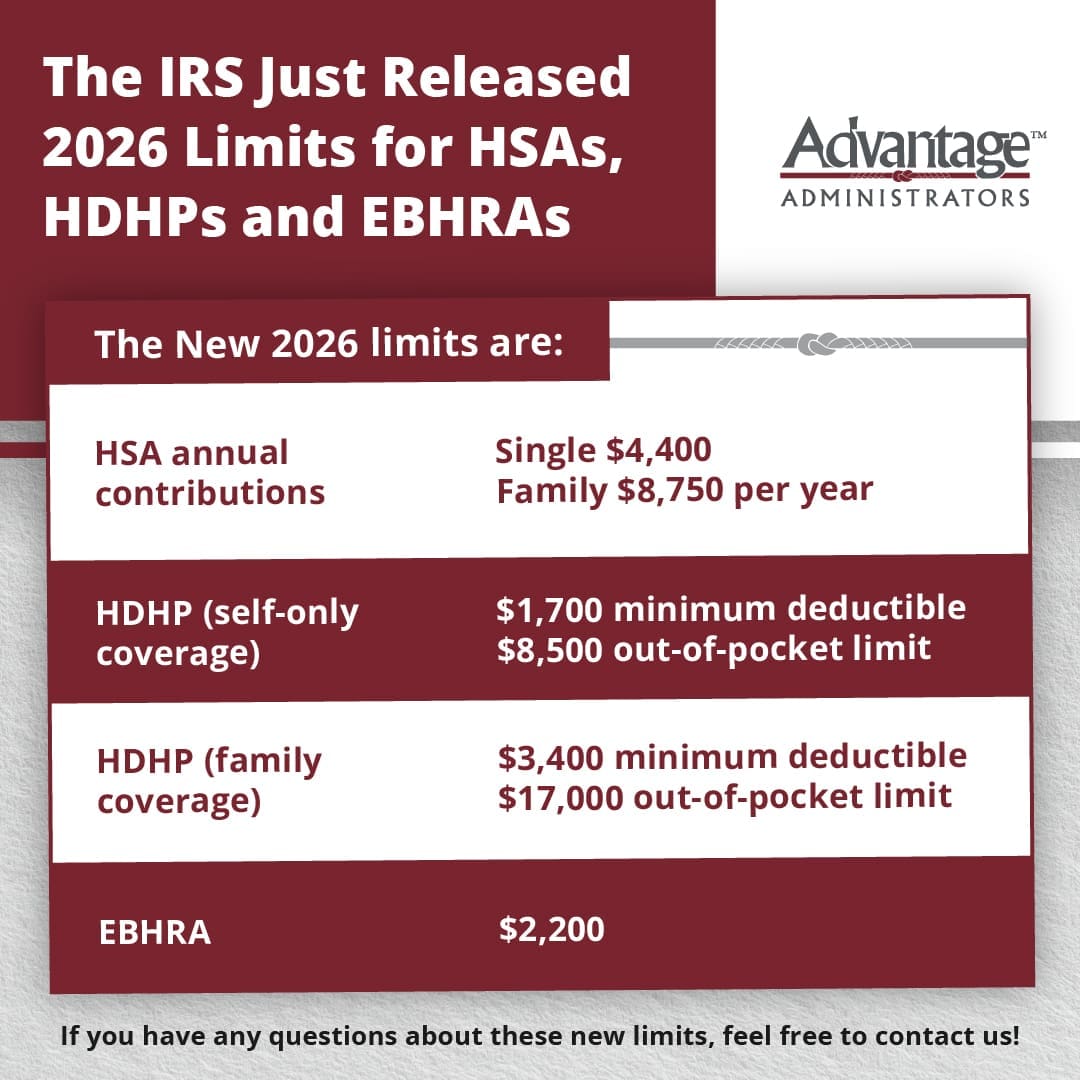Five Ways to Effectively Communicate Benefits
Did you know that, when employees were asked on a scale of 1 to 10 how confident they are in their understanding of their benefits, 34% chose 7 or less. Only 25% responded with a 10. That was just one of the findings from a survey of benefits participants WEX launched in May 2023.
Often, employees feel confused about their benefits plans options, especially if their employer is using “complicated HR jargon” in their benefits messaging. How can your benefits messaging cater to your employees through benefits education? Let’s explore tips on how employers can effectively communicate benefits messaging to employees in a way that’s relatable and easy to understand.
Simplify Messaging
Trying to understand benefit plans and the accompanying “HR jargon” can be complicated and a source of frustration for employees. Employers should make a concerted effort to simplify the language used in communications to ensure employees can easily understand their options and make informed decisions. Rather than using acronyms and technical terms, employers could use simple language and meaningful stories to help employees visualize and understand their benefits.
Increase Communication
One main reason why employees don’t understand their benefits is a lack of communication from their employers. If benefits information is only provided during open enrollment, employees may forget about their benefits package or not fully understand their options. Employers should consider year-round benefits communication to ensure that employees are up-to-date and informed about their benefits.
When asked in WEX’s survey how often they would like to receive tips/resources about their benefits, the most popular answer was monthly (44% of respondents). However, you could create opt-in opportunities for more frequent communications for employees who are interested in that. Employees also told us their preferred methods to receive benefits education are:
- Email
- Handout
- Internet browser search
- Blog posts
- YouTube
Speak Their Language
To effectively communicate, it’s vital to get on your audience’s level and use language that they understand. Unfortunately, a lot of the terms used in the employee benefits space are not commonly used in everyday conversation. When WEX surveyed their benefits participants, another question they asked was about their comprehension level for some of their terms. Based on their responses, a few of the most misunderstood terms are:
- Embedded vs. non-embedded (as it pertains to deductibles)
- Substantiation
- Coinsurance
- EOB (Explanation of Benefits)
- Carryover
When using these terms, you may want to explain what they mean upfront or link to a resource that provides additional explanation for those who need it.
Provide Incentives
There are a variety of strategies employers and HR leaders can use to make the benefits enrollment process more enticing for employees, including:
- Provide personalized benefits counseling
- Use online tools to help employees understand their options
- Offer premium discounts or rewards for completing certain wellness activities or attending benefits education sessions
Increase Convenience
Increased convenience to benefits education can have a significant impact on an employee’s ability to understand their benefits. Provide easily accessible resources like online portals, mobile apps and digital tools to help employees access information about their benefits at any time and in any location.
These resources can help eliminate barriers that may prevent employees from engaging with their benefits, such as time constraints or difficulty navigating complex benefits information. Overall, increased convenience in benefits education leads to better-informed and satisfied employees, which often translates to improved productivity, employee retention, and overall company success.
The information in this blog post is for educational purposes only. It is not investment, legal or tax advice. For legal or tax advice, you should consult your own counsel. To stay up to date on benefits trends and insights, subscribe to our blog.










 Flex Plans
Flex Plans Forms
Forms HSA
HSA HRA
HRA Retirement
Retirement Health Shopper
Health Shopper FSA Store
FSA Store